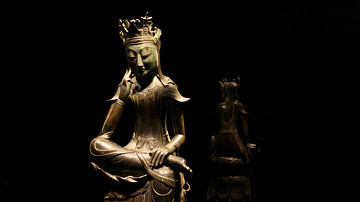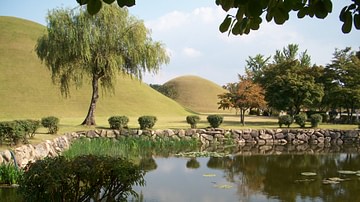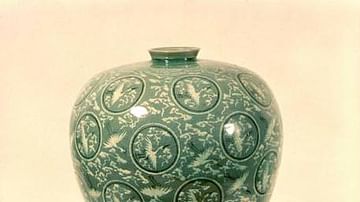Server Costs Fundraiser 2024
Help our mission to provide free history education to the world! Please donate and contribute to covering our server costs in 2024. With your support, millions of people learn about history entirely for free every month.
$3889 / $18000
Video
Cite This Work
APA Style
Kyokai, U. T. N. N. H. (2018, July 27). Haeinsa Temple Janggyeong Panjeon, the Depositories for ... (UNESCO/NHK). World History Encyclopedia. Retrieved from https://www.worldhistory.org/video/1524/haeinsa-temple-janggyeong-panjeon-the-depositories/
Chicago Style
Kyokai, UNESCO TV NHK Nippon Hoso. "Haeinsa Temple Janggyeong Panjeon, the Depositories for ... (UNESCO/NHK)." World History Encyclopedia. Last modified July 27, 2018. https://www.worldhistory.org/video/1524/haeinsa-temple-janggyeong-panjeon-the-depositories/.
MLA Style
Kyokai, UNESCO TV NHK Nippon Hoso. "Haeinsa Temple Janggyeong Panjeon, the Depositories for ... (UNESCO/NHK)." World History Encyclopedia. World History Encyclopedia, 27 Jul 2018. Web. 25 Jul 2024.





